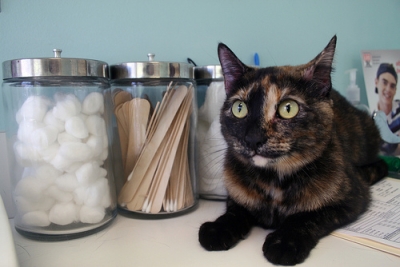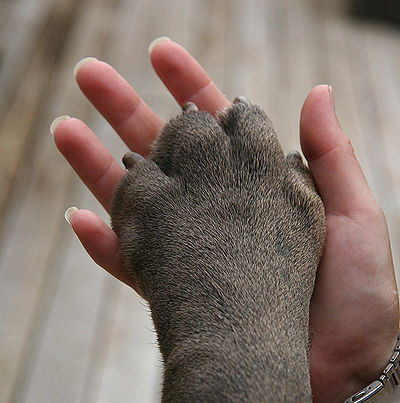
The CVM section (Center for Veterinary Medicine) of the FDA cites several reasons why there could be errors in pets’ medications, illegible handwriting, abbreviations, package look-alikes among them.
Linda Kim-Jung, safety reviewer in the Division of Veterinary Product Safety Division of the FDA offer some suggestions about preventing medical errors.
Questions to ask before leaving the veterinarian’s office:
- What is the name of the medication and what should it do?
- How much of the medication should be given to the pet each time?
- How many times a day should the pet receive the medication?
- Should the medication be given before, during or after meals?
- How should the medication be stored?
- What should I do if I miss giving a dose?
- Should I finish all the medication even if my pet is better?
- What are the possible side effects of the medication and should I call you immediately?
- In addition, Kim-Jung suggests you do the following:
- Keep a list of all drugs your animal is taking including over-the-counter products, supplements and prescription drugs and carry it with you to the vet’s office.
- Tell your vet of any allergies or sensitivities your pet has and advise of any reactions experienced with any product in the past.
- Ask your vet to explain any serious or chronic health conditions your pet may have and discuss treatments.
To avoid medical errors at home, do the following:
- Keep pet drugs, supplements, etc. stored away from human products to prevent mix-ups.
- Keep your pets medications in their original, labeled containers.
- Do not give any medications to another pet other than the one it is prescribed for unless directed by the veterinarian.
- Do not give human medications to an animal unless directed by the veterinarian.
If you have any problems with medications such as adverse reactions, mis-labeling and so on, after contacting your vet, report the issues to the FDA. Their site, at fda.gov, has a ready form to fill out and information on how to report problems.



